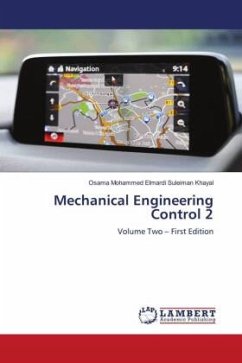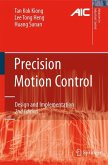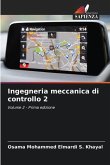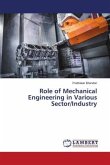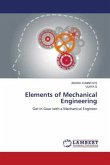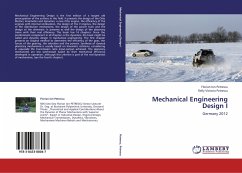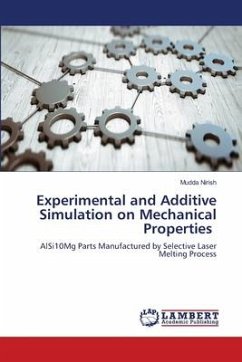One of the most prominent advantages of automated controls is the substantial increase in efficiency. In industries such as manufacturing and logistics, automation has allowed people across various industries and sectors to optimise and refine their processes. People within these industries are now using automation as an integral tool to improve the process and to improve human interaction with the process in ways that before were simply not possible. Automated controls can manage repetitive and time-consuming tasks, resulting in increased production rates, improved turnaround times, and decreased operational costs.Human errors are an inherent part of manual processes. Automated controls eliminate the element of human fallibility, leading to higher levels of precision and accuracy. These controls can perform intricate calculations, measurements, and adjustments with a level of consistency that is difficult to achieve manually. They also ensure consistency in operations, reducing variability and minimising the risk of unexpected disruptions. For instance, in energy and utility management, automated controls can balance supply and demand in real-time, ensuring a stable power grid.
Bitte wählen Sie Ihr Anliegen aus.
Rechnungen
Retourenschein anfordern
Bestellstatus
Storno

